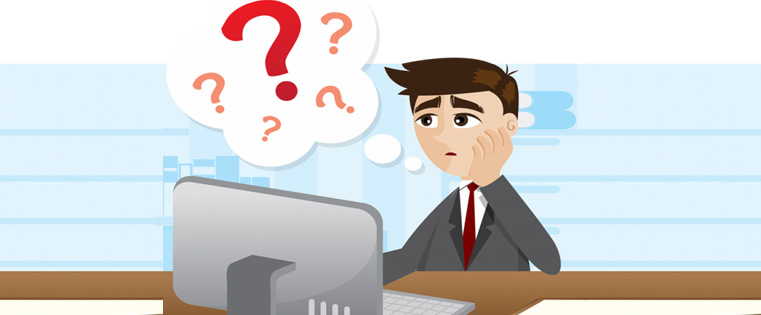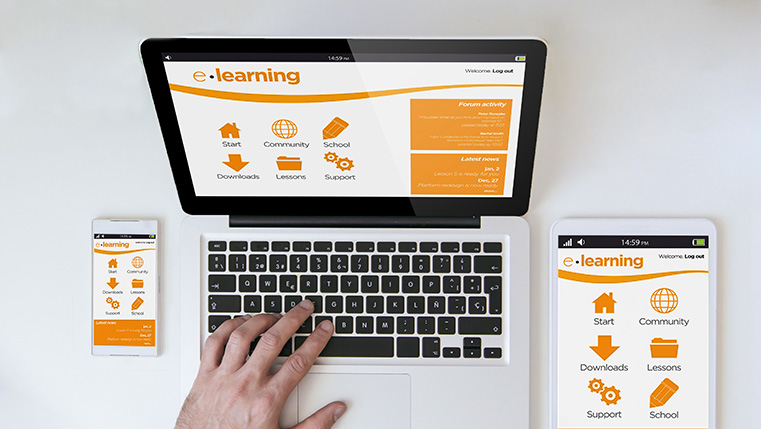Creating A Global Learning Library for Your Organization – Tips to Get Started

This is the age of globalization. With the advancement of technology and high speed Internet, businesses are gaining freedom to operate across various time zones. When you outsource your business needs to a trusted overseas partner, they bring years of experience in business practices and expertise in delivering complex projects. This allows them to do a job better with their knowledge and understanding of the domain. Outsourcing would free your energies and enable you to focus on building your brand, invest in research and development, and move on to providing value added services.
For globalization to work well, you need to ensure that all your employees are well trained in the ways of your business. But, the workforce of a global organization consists of people living in different geographical and cultural locations. This means they not only speak a different language but will also have different cultures and perspectives about the world. On top of that, such a widespread organization will require numerous skills sets, spread across many different hierarchies.
To train such a diverse workforce, you need to have a state of the art digital learning library in place. Let’s see some of the basic practices you can adapt to create a robust global e-learning library:
Create Multilingual Courses
Everyone in this world understands English, but not everyone is comfortable learning through it. That’s why the first step to making your e-learning program global is to translate your courses into multiple languages. However, when it comes to learning, just changing the language of the e-course is not enough. Since each country has different customs, prejudices and social stigmas, the course has to be localized to better suit the mentality of the target country. An e-learning library in the local language resonates well with your employees and results in better learning.
Keep it Centralized
Creating a good e-learning course is just half the job done. The other half consists of delivering the same to your employees. But in a global setup, this might become a considerable challenge, as there may be many different versions of the course floating around. That’s why it is essential to use a robust Learning Management System, that becomes your single point of contact for accessing courses. This way, all your updates can happen from one place and all your users get the latest information. A good LMS also supports multiple languages, which makes changing the language of the course easy, at the click of a button.
Track User Data and Trends
On a global scale, the only way you can succeed is by continuously reinventing yourself. Even your employees need to update and upgrade themselves to be current. E-learning courses will help you achieve that by being able to better the learning experience using learner data and trends. A good LMS system continuously tracks the actions your employees take in a course. Not only just the test sources, but time spent on modules, inter-activities used, game-based content engagement and many more data points can be recorded, analyzed, and put to good use. New courses can be added to your global library, or existing ones enhanced based on these inputs.
Be Up to date with technology
As mobile and computer technology is constantly evolving, so should your e-learning library. That’s why you need to ensure that you digital learning program is constantly updated to keep up with the latest trends in e-learning. Be it compatibility with the latest visual tech like VR, or compliance with new versions of industry standards such as SCORM, AICC or Tin Can. If you have commissioned a good e-learning development vendor to create your digital library, they will ensure that the technicalities of your program remain strong.
Cut Costs Down (Refurbish old courses, convert to HTML5)
In the long run, if your e-learning library is burning a big hole in your pocket, then its quality is bound to suffer. In order to avoid this, you need to make the most out of your existing content. This means you should update old content to keep it in the circulation longer. If you have legacy courses lying around, you can refurbish them and convert them into the latest HTML 5 format to keep them relevant. This will also ensure that learners have access to the e-library even on their smartphones and tablets.
A highly effective training program will separate you from your global competitors. So, begin today, if you haven’t already, and start building your digital learning library, course by course.





